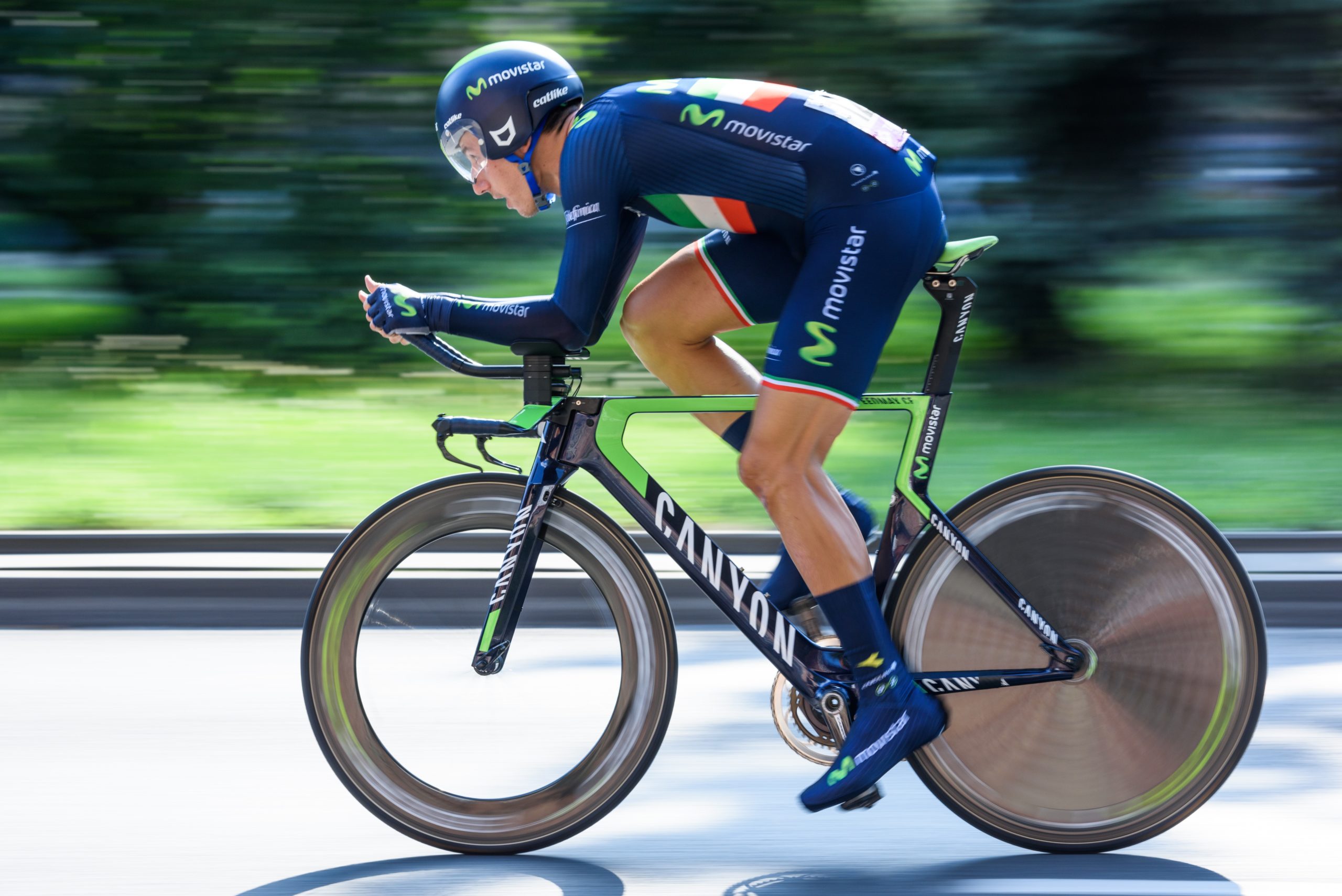8 Tips for FREE Speed on Race Day
Elite Endurance and triathlon Coach Kurt Perham of PBM Coaching Shares His top Tips to get free speed on race day.

Race day is upon you and it’s time to put your training to the test. There are many factors beyond one’s ability to maintain a strong stroke, power and pace that go into executing a solid race performance.
We can all agree that a quick transition and good nutrition is key to keeping you moving. But what athletes may not realize, is that there are things they can do to shave time off their race that doesn’t require any adjustments to any of the above.
The following tips and tricks are tried and true, and while they may only save a few seconds to a couple minutes off your finish time, it may be just enough to get you your next PR. It’s all about marginal gains. Make a small gain in everything you do, and those small gains add up to a winning margin.
1. Your wetsuit should fit tightly but comfortably, with no areas for water to pool (reduces drag)
Make sure you are purchasing a wetsuit best suited (pun intended) for your body type. Refer to each manufacturer’s sizing chart to determine which model is best for you. If you fall between sizes, go smaller rather than larger. Wetsuits that are too big tend to bunch at the small of the back and fill with water. Make sure the neck is snug (but still allows for comfortable breathing) so water can not pour in. (Check out this article for more information on a proper wetsuit fit.)
2. Get anti fog or baby shampoo for your goggles (seeing clear means swimming straight)
The spray makes it more difficult for water droplets to gather and condense on the goggles. If you have clear goggles throughout the duration of your swim, you can sight well and maintain a straight path in the water. Getting disoriented in the water can add distance or result in panic, both of which significantly slow you down.
3. Your race kit needs to be VERY snug (Bunching, gathering and creases = drag)
If your kit feels “comfortable” then it’s likely too big. Find a kit that fits snugly. One piece tri suits tend to bunch less than two pieces. A loose fitting top or kit can create drag in the water (when wetsuits aren’t worn) or bunch underneath a wetsuit. Out of the water, the bike is where most of the drag from an ill fitting kit occurs; and since it’s the longest leg of the race, you don’t want to make it any harder than it needs to be. Again, every second counts.
4. Aero helmet (reduce drag)
Aero helmets are designed to slice through the air, thus reducing aerodynamic drag and producing significantly higher velocities at the same power output. There are many brands, makes and models, so you’ll have to do some research to see which one is best for you. Your local bike shop (LBS) or tri club may have some good recommendations.
5. Carbon plated shoes (scientifically proven to increase energy return, thus increasing speed)
Carbon fiber plates in sneakers improve energy return, particularly at the “toe-off,” or where an athlete’s toe pushes off the ground. The carbon fiber plate is designed to store the athlete’s energy when the heel strikes the ground and then release their energy back to them at the toe-off.
Additionally, the carbon fiber plate helps to maintain a good running form by stabilizing the ankle joint and reducing the load on the calves, thus keeping the toes straight.
6. Shaved legs have shown to save 10-15w on the bike
Specialized Bicycle Components conducted a wind tunnel test and the results showed that shaved legs saved cyclists 50 to 80 seconds over a 40km/24.8-mile course.
7. Clean your bike and drive chain (debris = drag)
Make sure your bike is spotless before your take off on race day. Dirt and grime can create drag so give your bike and chain a good scrub beforehand. (Click here to read more about properly cleaning your bike and chain.)
8. Do a thorough tire check
Check your tires for embedded debris after every ride to avoid it working its way into the tire thus causing a flat.
Make sure you have the right Pound Per Square Inch (PSI) for your tires. The amount of rolling resistance impacts your speed. The general rule of thumb is the higher the air pressure, the easier and faster the tire can roll.
(For more information about bike tires and PSI, click here.)
Kurt Perham is the Founder and Head Coach of PBM Coaching. With an endurance sports career spanning nearly 30 years, Kurt has done and seen it all. He has raced at a high level in cycling, triathlon and nordic skiing. Kurt has worked with athletes of all abilities, from first timers to IM World Champions. Kurt continues to race and train at a high level as a Masters athlete, all while balancing his passion for sport with the raising of his 3 children.

